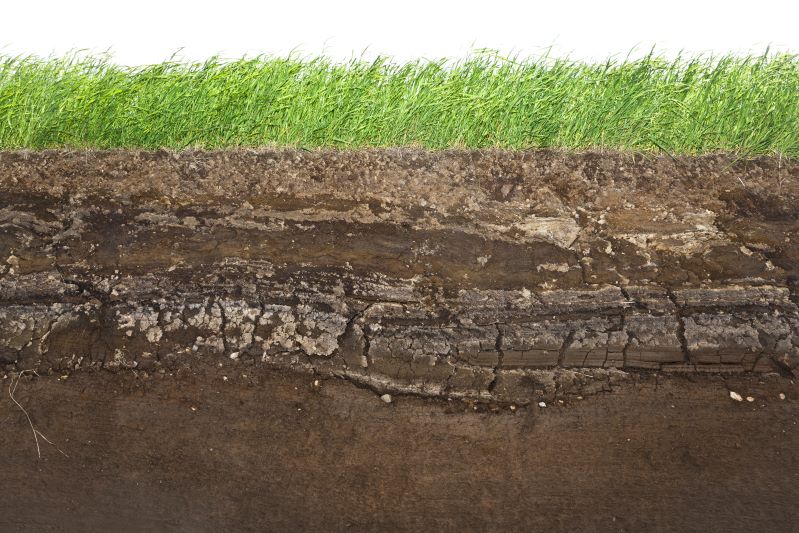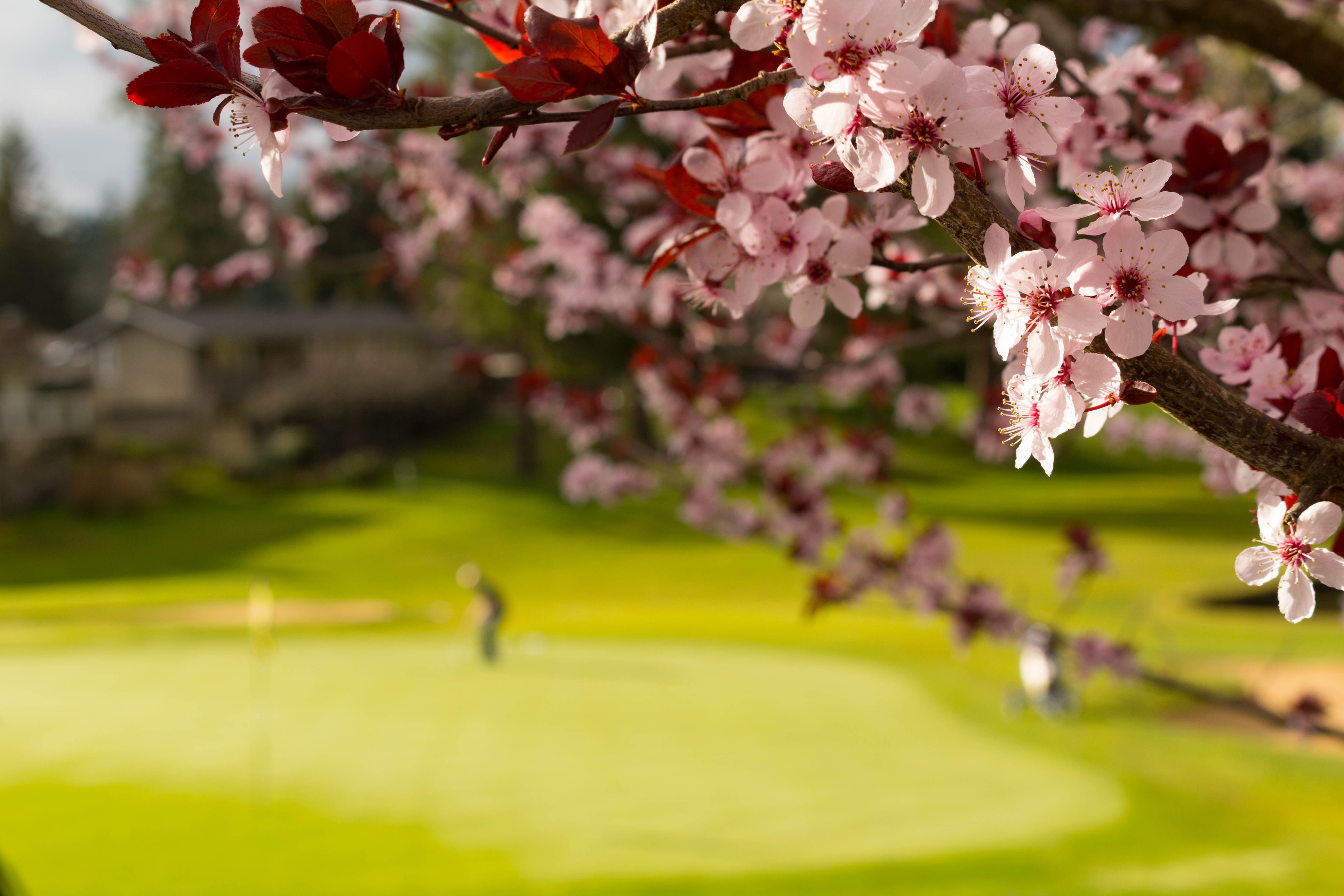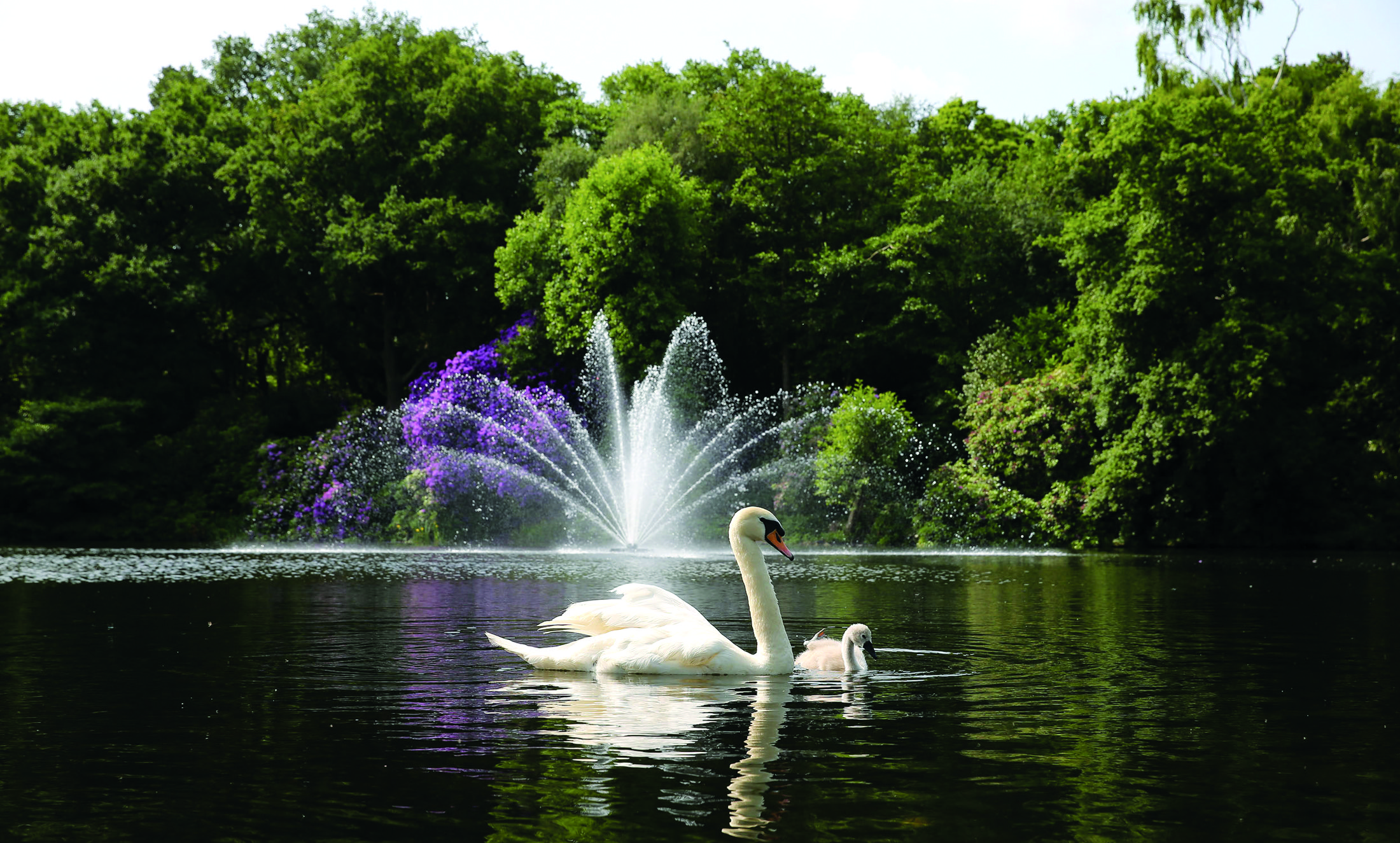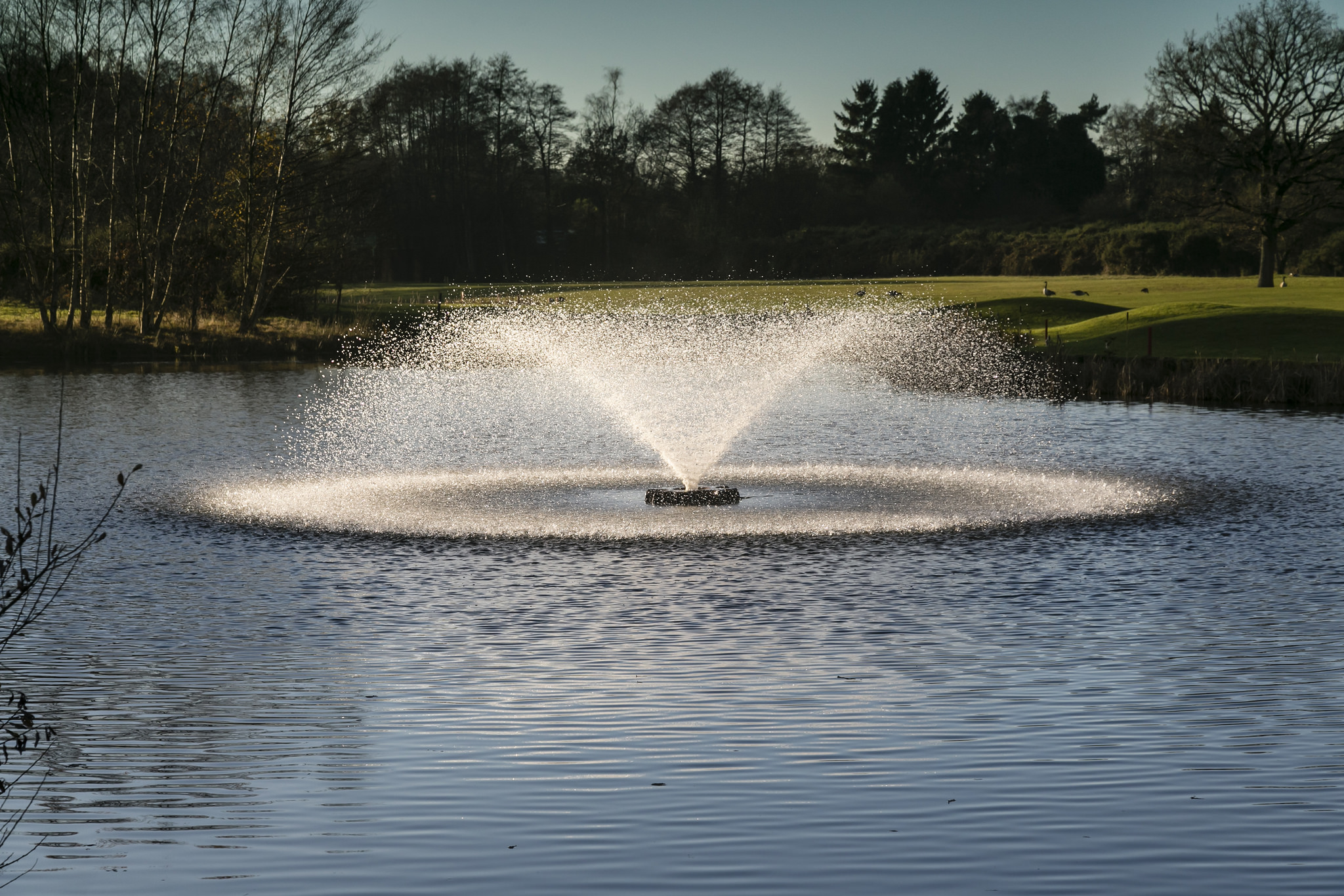- CONTACT US
- MOWERS
- VEHICLES
- APPLICATION
- Golf
- AERATORS
- VEHICLES
MOWING MEADOWS
CONTENTS
FEATURED STORIES

Reesink Turfcare
Reading time: 10 minutes
Inside Mowing Meadows
Promoting Wildflower Growth by Managing the Mess
There has been a shift in the maintenance of green spaces since 2020. Lockdown saw the growth of wildflowers have a boom – or perhaps more accurately, a bloom - and three years on, it’s a trend that continues to grow.
Across the country city councils are letting once well-manicured grass grow out to create messier spaces for wildlife to thrive and last year this change in approach reached the capital, with Transport For London (TFL) launching a pilot scheme seeing wildflowers flourish alongside London roads. The new project is part of London Mayor Sadiq Khan's Transport Strategy as well as plans to reduce air pollution in the capital, increasing biodiversity, nurturing wildlife by providing food and shelter and reducing carbon emissions. Even Oxbridge colleges are letting their famous lawns turn into wildflower meadows.
With this a key part of the changing face of landscaping of the UK, let's dig into the subject a bit more.

How can wildflowers help combat climate change?
Wildflowers have huge ecological benefits to the spaces they grow, hence the push to introduce them into more urban environments. They actively support biodiversity by providing habitats for wildlife, increase pollination and improve air quality.
Increased biodiversity
Biodiversity is a keyword in discussing wildflowers. It refers to the variety of life on Earth including the diversity of species, ecosystems and genetic diversity within species, all of which is essential for the sustainability of ecosystems, human well-being and the health of the planet.
But how do wildflowers help? Wildflowers are often rich in nectar and pollen, a valuable food source for pollinators such as bees, butterflies, moths and hummingbirds. Creating a pollinator-friendly space supports the health and survival of these species, while also encouraging cross pollination between plant species, promoting higher genetic diversity among plants.
Wildflowers also contribute to the overall health and functioning of ecosystems through services such as nutrient cycling, soil erosion control and water filtration, as well as with the attraction of beneficial insects that prey on harmful pests. By allowing wildflowers to grow on greens and verges, landscapers and grounds teams can seriously reduce the need for pesticides, instead relying on a more natural means of control.
Reduced emissions
Like all plants, wildflowers absorb carbon dioxide from the atmosphere through photosynthesis and store it in their roots, stems, leaves and flowers. With extensive root systems, wildflowers are better at this process than most and can sequester carbon in the soil for many years, therefore reducing the concentration of CO2 in the atmosphere and improving air quality in surrounding areas.

Responding to weather extremes
Aside from their environmental benefits, what may make wildflowers particularly attractive is their ability to survive and thrive in our current climate change predicament. In recent years we have seen the weather on a continued trajectory of extremes, with the physical landscape showing the scars of climate change. Summer droughts have become a reality in the UK, and continue to have a lasting impact on landscaping practices.
One of the greatest benefits of wildflowers is their resistance to drought. Wildflowers tend to have much deeper root systems than traditional plants allowing them to access water stored deeper in the soil, even during times of drought; some have also adapted to have thick leaves or waxy coatings that help to reduce water loss. These features mean wildflowers are available to thrive in environments with low water availability, making them an attractive choice for landscaping in areas where water is limited and act as an option to conserve water.
In addition to this, wildflower meadows are able to thrive in spaces that traditional plants may suffer, in fact they actually prosper in soil that has low nutrients and low fertility where vigorous grasses cannot easily grow and out-compete them. By embracing a wildflower meadow, landscapers and grounds teams can save both time and money on increasing the nutritional value of soil through fertilisers.
Now the planting of wildflowers may not be the silver bullet in solving climate change, but it can have hugely positive impacts on the environment and are easier to maintain in challenging climates.
How to maintain wildflower areas?
Compared to traditionally manicured lawns, it’s true that wildflower verges require much less maintenance. But that’s not to say they require none. A well-considered cutting schedule can keep wildflower verges and spaces healthy and turn otherwise wild spaces into managed areas.
When it comes to general upkeep, wildflower meadows should be treated the same as any other meadow and cut seasonally.
The bulk of growing will be done in the spring, but in areas where the grass is plentiful, it can often crowd out the wildflowers. By cutting the grass back to a height of approximately 7.5cm you can ensure wildflower verges and spaces are managed and balanced.
Wildflower areas will benefit from a main cut during the summer months to remove the bulk of the material, with the prime time to carry out maintenance varying depending on the types of flowers groundskeepers wish to encourage. What is important regardless however is that cuttings are removed post-cut.
Removing the cuttings prevents nutrients from entering back into the soil and making it fertile, which as we have just covered isn’t a situation wildflowers favour. They thrive in poor soil quality, another reason why they’re a favourable landscaping choice – they can flourish where other grasses may struggle to grow.
An autumn cut can be a solution to this if the situation arises. Mowing will remove surplus growth and keep grasses at bay.
During colder months grass should be mowed down to ankle-height to keep it short and neat for the winter, with clippings removed and composted to reduce soil fertility.

Framing wild verges
Another tactic is to frame wildflower areas by creating ‘verges’. This keeps verge sides short to ensure motorists have a good line of sight and keep roads safe and maintain a certain aesthetic appearance.
It involves cutting narrow strips around the wilder verges to frame them by cutting a one-mower-width, or at most 1.4m, along the front edge of the verge to frame the longer grass and wildflower area behind it. This lets people know that the area is purposely being left and that it hasn’t just been neglected.

What machinery is best?
Mowing wildflower areas calls for a machine that is able to tackle long grasses and difficult plants with the versatility to also provide a neat finish when called for.
Flail mowers offer the ability to cut areas of growth that don’t see frequent cuttings, with cutting heads that are able to cut grass both short and long, wet or dry. A triple flail mower such as the Toro LT-F3000 is an ideal choice for meadow management. It’s able to tackle those tougher summer cuts while also able achieve that finer finishing often needed in the winter months when verges and meadows require a higher level of refinement. And all this with lower operating costs, affordable parts and easier servicing.

To learn more about how Reesink can help to help manage areas of wildflower growth, make contact by phone on 01480 226800 or by email at info@reesinkturfcare.co.uk.
Reesink UK LTD | 1-3 Station Road, St Neots PE19 1QF | Registered in England
Reesink UK LTD is authorised and regulated by the Financial Conduct Authority.







































































